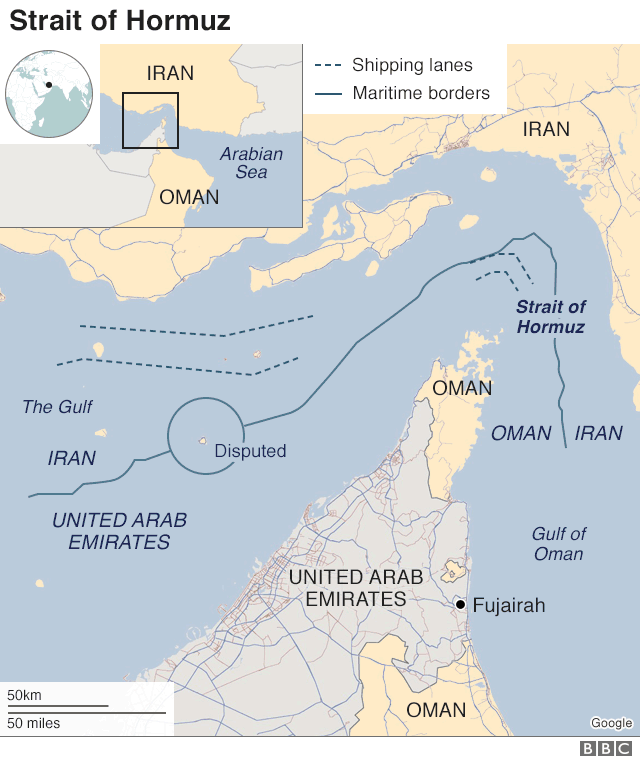7667766266
enquiry@shankarias.in
India’s Space Station
Asiatic Golden Cat
Strait of Hormuz

IN Anti-Piracy Patrol
Acute Encephalitis Syndrome (AES)
Source: The Hindu